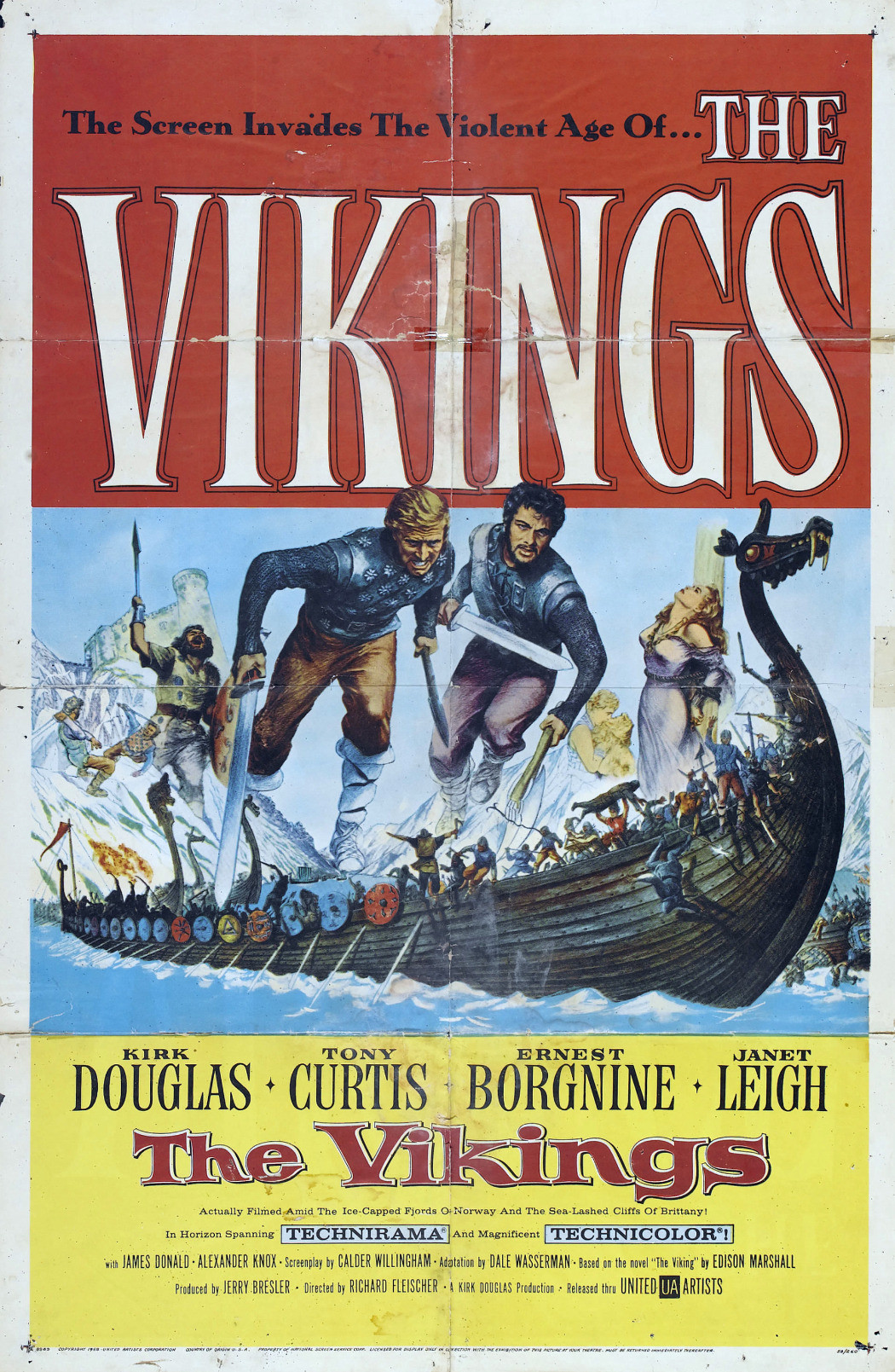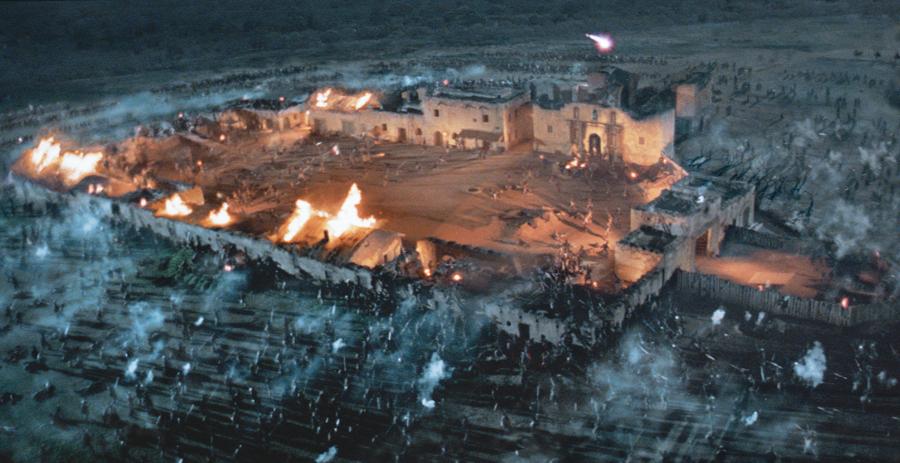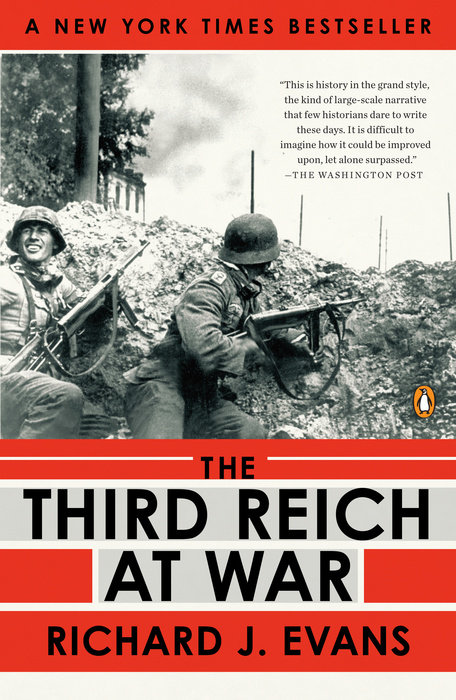Aeneas, Captain Kirk, and my grandfathers
/“No real Southerner has ever been able to consider very seriously the highly touted ancestor worship of the Chinese. It is watery by comparison.”
In the last days of Christmas break I had the pleasure of reading David Ferry's new translation of The Aeneid, published by Chicago University Press. It won't supplant Robert Fitzgerald and Robert Fagles' two classic translations in my imagination, but it's a very good new version that manages to convey the spirit of Virgil's epic in contemporary English, and I recommend it.
I picked up The Aeneid during the break for a couple of reasons. First, I hadn't read it since college, and it's an old favorite, so I was long overdue to revisit it. Second, I'm always interested in new translations of classics, and I had read good things about Ferry's Aeneid. Finally, since last reading it, a lot has changed in my life: I've married and become a father, and, more immediately, my 90-year old grandfather died just before Christmas.
The reason these circumstances sent me to Virgil was because of his poem's depiction of fathers and the authority and responsibility they bear. Rome was a patriarchal society (I use the term descriptively and not, as is now common, as a pejorative) and The Aeneid both dramatizes Roman society's concerns with fatherhood and holds up examples to the reader of what good and bad fatherhood and manly leadership look like. In addition to being a compelling story, it's a guide. And now that I've become a father myself, and have lost one of the most important men in my life, its guidance is more welcome than ever.
Poetry of maturity
CS Lewis, in his examination of epic poetry in A Preface to Paradise Lost, writes that "with Virgil European poetry grows up." To illustrate what he means, he draws a striking contrast between the heroism of Homer's protagonist and that of Virgil's:
I have read that his Aeneas, so guided by dreams and omens, is hardly the shadow of a man beside Homer's Achilles. But a man, an adult, is precisely what he is: Achilles had been little more than a passionate boy. You may, of course, prefer the poetry of spontaneous passion to the poetry of passion at war with vocation, and finally reconciled. Every man to his taste. But we must not blame the second for not being the first.
He goes on to note that through Aeneas, Virgil introduces something new to epic poetry, which is the war between duty and desire and the struggle to master emotion, passion, or mere appetite in the face of what is right to do, the struggle that defines "most human life as it is experienced by any one who has not yet risen to holiness or sunk to animality." The Aeneid is poetry of maturity and responsibility.
Achilles, as Lewis implies, is a creature of appetite: he is defined—and defines the entire course of The Iliad from its first word—by his rage, and has a lust for conquest, military and sexual, and honor that drive him. Even the more cerebral Odysseus (one of my favorite characters in literature) is prone to characteristically juvenile weaknesses: recklessness, carelessness, distrust.
Aeneas, by contrast, is driven onward by prophecies it is his responsibility to fulfill. Like Achilles, his honor is at stake, and like Odysseus, so are the fates of his family and people, but Aeneas, as an example of Roman virtue, approaches threats with deliberation, with deference to custom and the gods, and—always—to his duty as the leader of his people. He cannot merely enjoy authority without reckoning with the responsibilities his position entails.
In a recent episode of John J. Miller's Great Books podcast, Miller talks with Louis Markos of Houston Baptist University about The Aeneid. Markos offers two apparently silly but insightful analogies to illustrate the differences between a few of these heroes.
Aeneas : Achilles :: Beowulf : King Arthur
Or, in a more popular vein:
Aeneas : Odysseus :: Jean-Luc Picard : Captain Kirk
Beowulf and Picard may be less flashy, less sexy than the brash and machismo driven Kirk or the honor-driven cuckold Arthur, but they're also more stable, more obviously concerned with their followers and less like to get them killed in misadventures. Markos points out that Picard seldom leaves the Enterprise in contrast to Kirk, who frequently does, and gets redshirts needlessly killed. By the same token, Beowulf, we are told again and again, cares for and looks after his people well, in contrast to King Arthur, who has to sacrifice himself in a bloody final comeback in order to repair years of damage due to his luxurious inactivity.
Pietas
Aeneas carrying his father and leading his son by the hand as they escape Troy
What makes the difference between Achilles and Aeneas is pietas, the Roman virtue that runs through The Aeneid as its hero's guiding principle. Pietas, after twisting its way to us through twenty centuries, give us the modern English piety, but is far richer in meaning. It's piety, but more than mere piety. It's respect, but more than mere respect. Pietas is a bone-deep, self-sacrificial love of the things that have made you who you are. It is a religiously imperative duty toward continuity. Foremost among these continuities, for the Romans, was the family.
Aeneas embodies pietas throughout the Aeneid. His struggle to live up to the standard of pietas required of him by his pietas—this is a virtue that, like all real virtues, demands itself—is the real conflict of the story. The battles and fights to the death are incidental to this larger and more eternally important conflict. The most famous case is probably Aeneas's idyll in Carthage with the beautiful Dido, who seems to offer him a new future, a new continuity to pursue in a new place, where he can, at last, rest from his struggles and wanderings. But the gods, via pietas, demand more of him, and as a man he must answer to his duty and move on.
But there is another, neater, and more homely image of Aeneas that illustrates the heart of pietas, an image often recreated in the Roman world and invoked over and over again in Western literature. As his city fell, Aeneas, directed by his love of family, left the battle and returned to his home to save his father, wife, and son. His wife—walking separately from him—was lost in the chaos, but Aeneas bodily carried his aged father Anchises from the city and led his son Iulus out by the hand. Three generations—past, present, and future—bound and saved from ruin by a father's pietas.
Patria potestas
I can't lecture on Roman culture, pietas, and the figure of the paterfamilias without thinking of my grandfather, Ed Poss.
Four generations of Poss men, October of last year
He died December 23 at the age of 90. As a boy, he survived polio. Doctors told his mother that he'd never walk again, but he went on to become the captain of the Athens High football team and played for Auburn before joining the Navy. He and my grandmother—who just turned 90 herself on Saturday—were married for over seventy years, had three children, and lived to see over a dozen great-grandchildren. He was a respected and successful businessman who was involved in a host of local organizations as well as the Rotary Club. Even as a kid I could always remember what day of the week it was by what civic organization’s meeting he was heading to.
While he never would have put it into these terms, and probably wouldn’t have expressly said so in any terms, in all of these things he was moved by pietas. He modeled it through action, through his life, and not with mere lipservice. His devotion to his literal family as a beloved patriarch and to his “work family”—those are his words—as well as church and community were deep, true, and lifelong.
Modern people are, sometimes justifiably, wary of patriarchy, and the patria potestas—the power of the father—exercised by Roman men makes them leery. While this kind of authority has certainly been abused by baser men, I think this suspicion is more a custom or habit of mind among modern people born of postmodern hermeneutics of suspicion and obsessions with power and privilege—who has it, how did they get it, and, above all, why don’t I have it?
“Manliness without ostentation I learnt from . . . my father.”
These attitudes are essentially opposed to Aeneas’s pietas. For one thing, they’re expressed; like my grandfather, pietas must be so integral a part of one’s character it’s simply a mode of living, not an abstraction to be picked apart. Second, the moderns’ obsession with power inverts the relationship embodied by pietas. Relationship is a key idea, as are others I’ve already invoked: piety, respect, responsibility, duty. Pietas endows the individual with a sense of duty and the relationship of oneself to the whole, two concepts that must be inseparably interlocked to prevent the breakdown of continuity, of the family, of society. Power isn't just power; it's responsibility. It's a sacred duty.
This attitude, based on Patrick Deneen's diagnosis, is lost today. Is there any more alien sentiment to modern people than the idea—falsely attributed to Robert E. Lee, but no less true—that “duty is the sublimest word in any language”?
My grandfather embraced his responsibilities and modeled that duty, that respect, and left the world richer for it.
In memoriam
I’m posting this on the day that, twenty years ago, my other grandfather, J.L. McKay, died of cancer.
Watching TV with my grandfather, J.L. McKay, late 1980s
He was a different man from my dad’s dad in many respects—he was a plumber-electrician, a high school graduate, a man whose most extensive travel was to Korea with the Air Force, whose favorite pasttimes were fishing or relaxing on the front porch with his grandchildren, sharing popsicles. But in the most important things he was an exact match—he valued education and athletics, was actively involved in his community and seemed to know everyone, and, most importantly, was totally devoted to his family. He modeled hard work, faith, dedication, and respect—in a word, pietas—for his family.
The article about Dark Full of Enemies in the latest Georgia Mountain Laurel is the first public announcement I’ve made about my forthcoming Civil War novel Griswoldville. I hope to have it out by summer; this week is my spring break, and I'm spending a lot of time in revision. Well before my grandfather died in December I had planned to dedicate the book to both of my grandfathers, two great but humble Georgia natives who have helped make me who I am. It's a small, grateful act of pietas on my part.
I’m thankful to have had two such role models in my life and am fully aware not everyone is so fortunate. But, thankfully, pietas is a virtue that can be learned if you haven’t inherited it. It’s not easy, but then, as I learned from my grandfathers, neither is anything worth doing—whether beating polio, wiring a house, teaching a grandchild to fish, putting in time at the office, or founding a city.










































